What is the effect of different degree of grinding on coffee extraction?
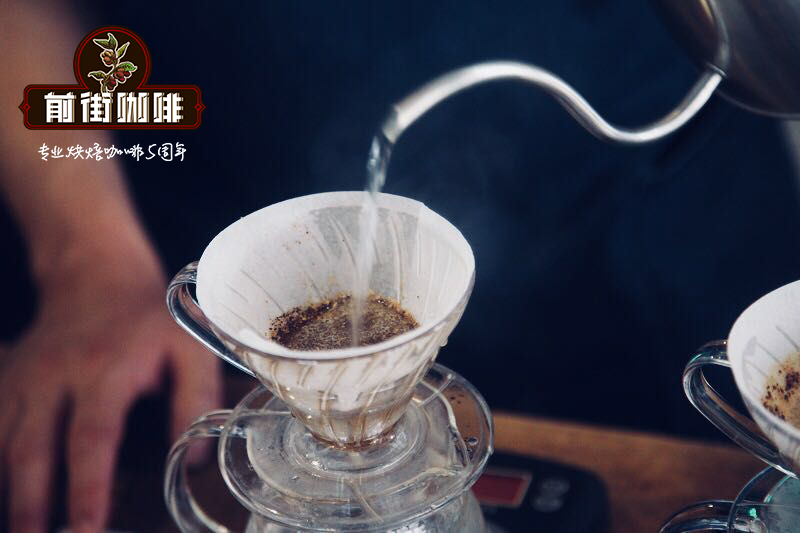
Trained baristas know the importance of choosing the right degree of grinding for different cooking methods. In fact, most coffee shops calibrate bean grinders regularly throughout the day to keep their products consistent.
However, if you make coffee at home, you may not have considered why the degree of grinding is important. This may happen if you buy pre-ground coffee powder, which is sometimes sold in a form suitable for any brewing method or coffee maker.
In order to demonstrate how different degrees of grinding affect a cooking method, we conducted an experiment using Hario V60. We used several different degrees of grinding and measured how they affect the flow rate, water retention and extraction rate of cooking.
Why is it so important to use the right degree of grinding?
Roasted coffee beans can give full play to their aroma and flavor potential. In order to effectively release these flavors and aromas into the beverage, the coffee beans must be ground. By grinding the coffee, we increased the surface area of the coffee and achieved the best extraction effect.
If the coffee grounds are too rough for brewing, they will not be extracted enough and taste sour or salty. If the coffee is too fine for the brewing method of your choice, it will be over-extracted and bitter.
For example, espresso is usually made from finely ground coffee because it can only be extracted under high pressure for 20 to 30 seconds. The small size of the abrasive means that more coffee can be extracted in a shorter period of time.
Instead, when brewing coffee in a French kettle, soak the abrasives in water for a few minutes. To ensure that the coffee is not over-extracted for a long time, use a thicker grinding.
Experiment
In order to demonstrate the importance of using the correct degree of grinding, we cooked Colombia of a single origin under three different grinding settings. We used espresso grinding (1.5 grinding setting), hand grinding (4.5) and kettle / coffee powder grinding (7.5). The 4.5 setting is the one we usually use to pour water on emitters.
In order to ensure that our results are objective, we set up a variety of brewing methods with a brewing ratio of 6.5%. This means using 6.5 grams of coffee for every 100 grams of water.
For each degree of grinding, we also use seven different dry coffee cubes. Then, we record the average water retention, flow rate and extraction rate of the three kinds of grinding degree.
Degree of grinding and water retention
For each brewing, we have to weigh the amount of water used and the quality of the wet coffee left after brewing. This enables us to calculate the amount of water remaining in the abrasive.
As shown in the figure, there is little difference in average water retention between espresso (1.5) and hand brew (4.5): both are close to 14%. However, the average water retention of the abrasive of the French kettle (7.5) decreased significantly, to 11.6%.
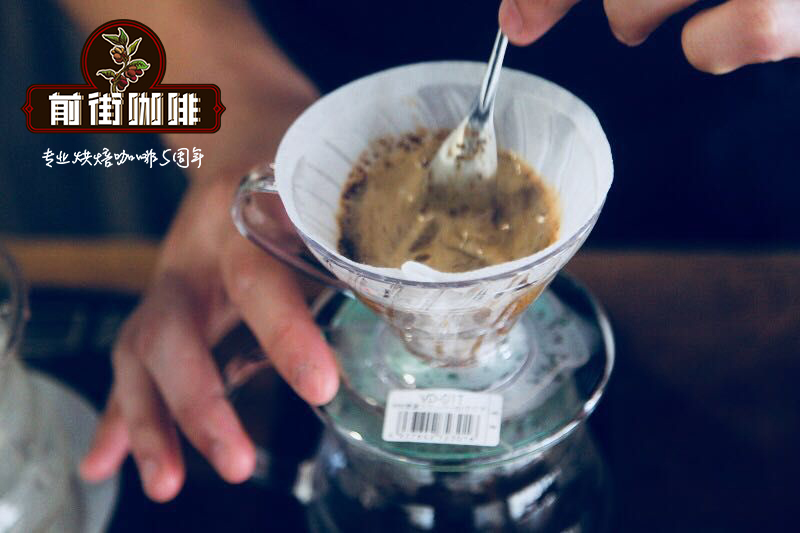
Degree of grinding and flow rate
We know that different grinding settings will lead to different flow rates. The rougher the coffee, the faster the water flows through the coffee, because the larger ground means there is more space between them.
To calculate the average flow rate, we divide the quality of the remaining wet coffee in the emitter by the brewing time. We measure in grams per second (g / s). As expected, the flow rate of espresso grinding powder (1.5) was the slowest, 0.9g / s, followed by hand size (4.5), 1.2g / s. The thickest grinding powder, the pressure kettle (7.5), the flow rate is the fastest, 1.5g / s.
This confirms that the water flows faster through thicker coffee, thus making it brew faster.
Degree of grinding and extraction rate
The extraction yield is a measure of the percentage of dry coffee dissolved during brewing. In order to calculate the average extraction amount of each brew, we used a refractometer to determine the total dissolved solids (TDS) in the remaining wet coffee grinding powder.
The average extraction rates of espresso, hand pulping and kettle grinding were 21%, 18.8% and 15%, respectively.
In the roughest environment, coffee is not sufficiently extracted and has a water and sour taste. On the contrary, at the best setting, the coffee is overextracted and bitter.
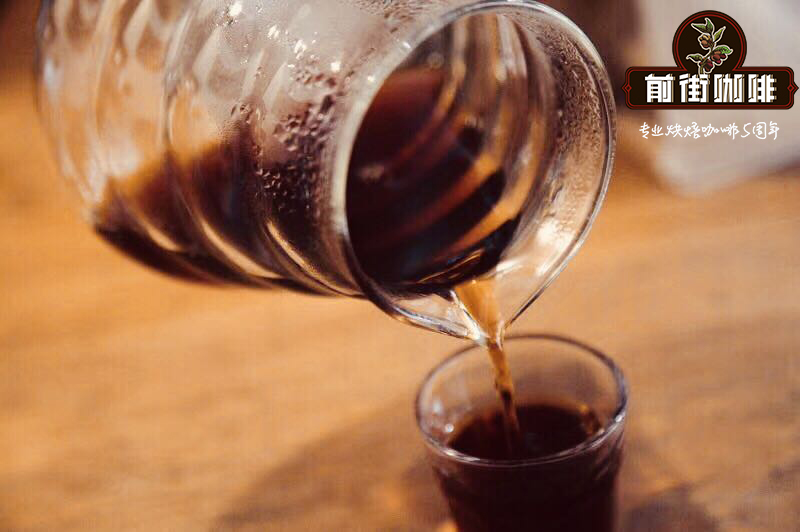
What does that tell us?
While this experiment does provide us with a consistent way to pour coffee, it also illustrates what many of us already know: there is no mill suitable for all brewing methods.
It is incorrect if the pre-ground coffee powder you buy claims to match perfectly with any brewing method. Although it may not produce undrinkable coffee, you will get better results if you grind the coffee with a specific brewing method.
For the brewing method of your choice, if you grind it too roughly, the coffee will not be extracted enough. If it is ground too fine, it will be over-extracted. There is no exception to this rule. Whether at home or behind a bar in a coffee shop, the size of ground coffee is a very important variable.
Important Notice :
前街咖啡 FrontStreet Coffee has moved to new addredd:
FrontStreet Coffee Address: 315,Donghua East Road,GuangZhou
Tel:020 38364473
- Prev
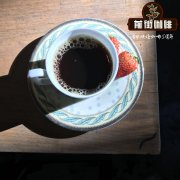
Introduction of Guatemala Vivette Nan Fruit Coffee producing area introduction of Guatemala Classic smoked Coffee
Los Aroyos (Los Arroyos) is a farmer of Huehuetenango and La Libertad.
- Next
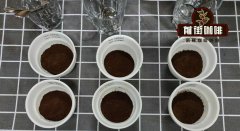
What is the function of coffee cup test? Explain the coffee cup test process in detail. What information can the cup test tell you?
Cupping began in the United States around 1980 as a sampling process adopted by coffee companies to ensure the quality of coffee, a secret technology designed to identify major flaws and avoid buying unusable coffee. But what on earth is a cupping? I believe that as soon as many people hear the coffee cup test, they will think of the foreign experts who will appear in the coffee advertisement.
Related
- Beginners will see the "Coffee pull flower" guide!
- What is the difference between ice blog purified milk and ordinary milk coffee?
- Why is the Philippines the largest producer of crops in Liberia?
- For coffee extraction, should the fine powder be retained?
- How does extracted espresso fill pressed powder? How much strength does it take to press the powder?
- How to make jasmine cold extract coffee? Is the jasmine + latte good?
- Will this little toy really make the coffee taste better? How does Lily Drip affect coffee extraction?
- Will the action of slapping the filter cup also affect coffee extraction?
- What's the difference between powder-to-water ratio and powder-to-liquid ratio?
- What is the Ethiopian local species? What does it have to do with Heirloom native species?

